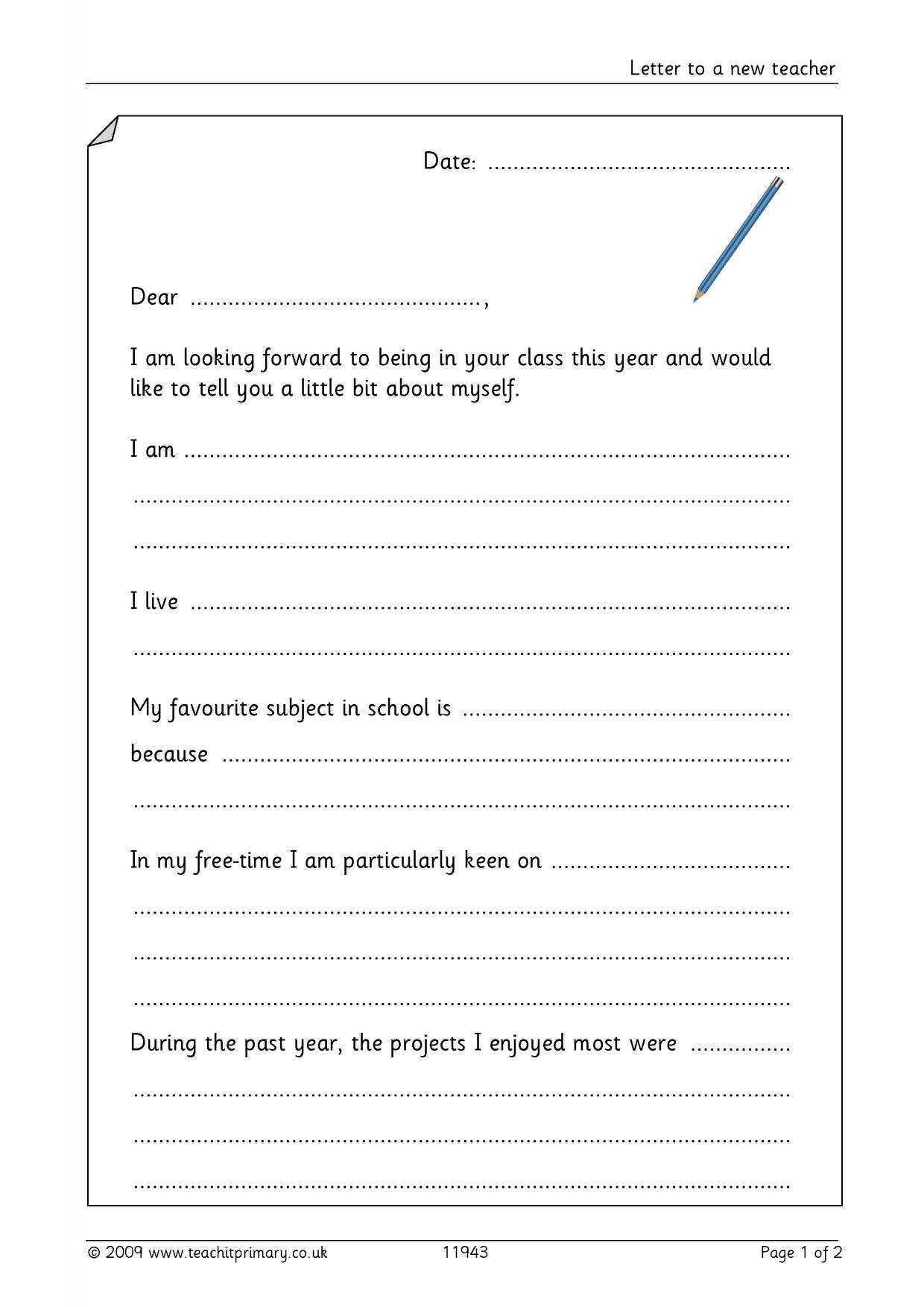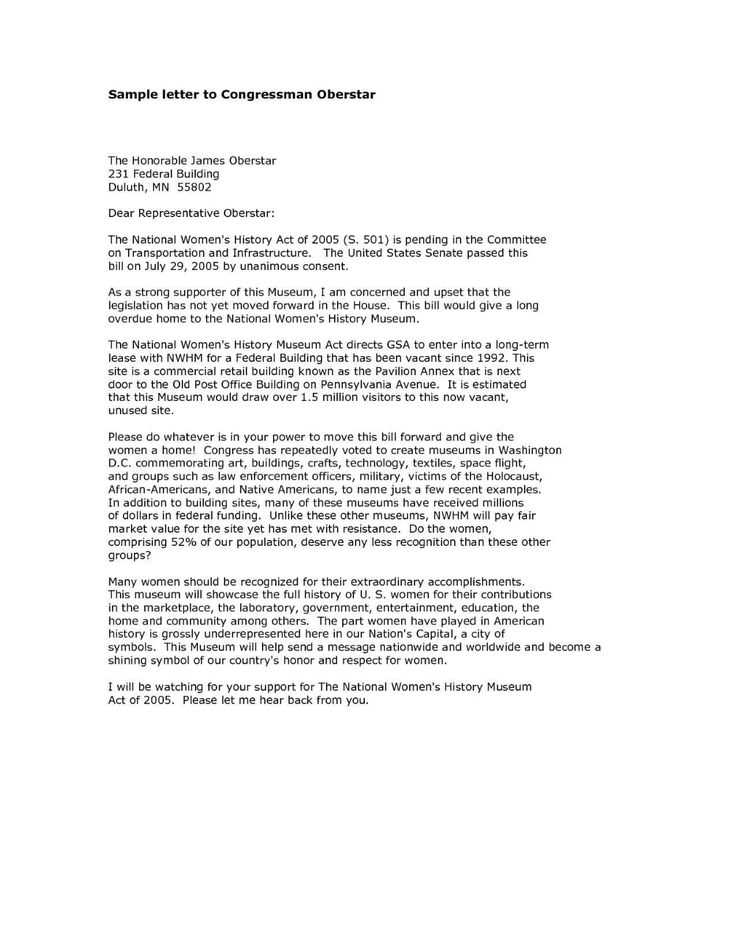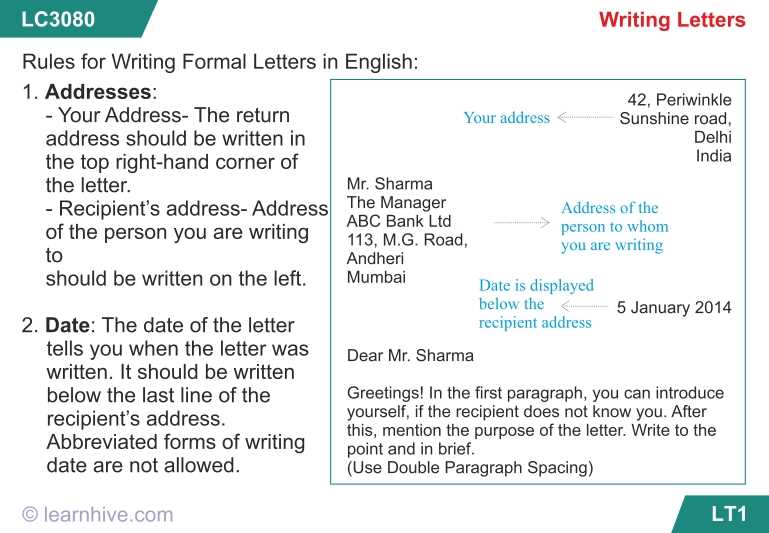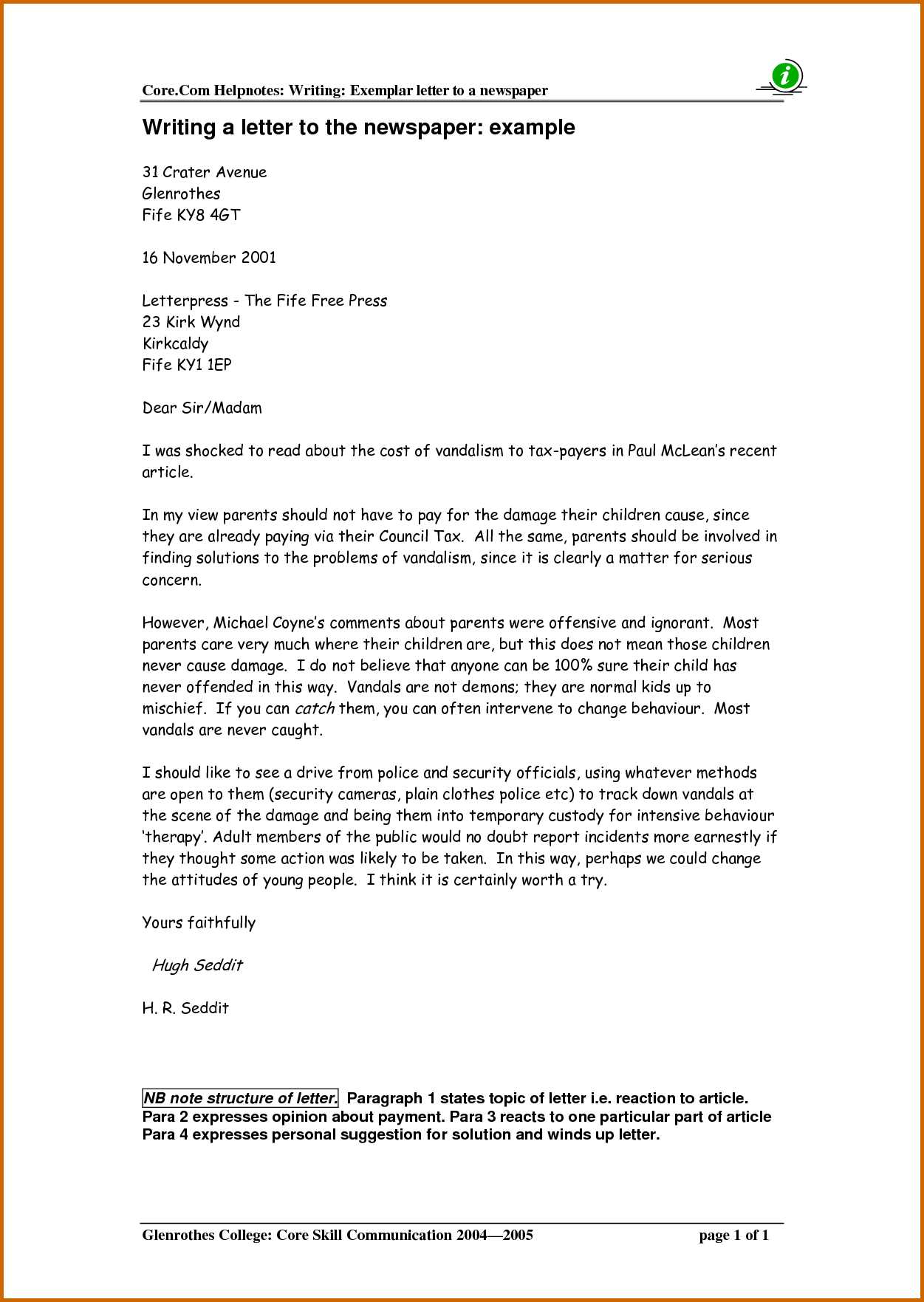How to Write a Letter to Congress Template

Communicating with government officials is an essential part of advocating for change. Engaging with those who hold the power to influence policy allows individuals to share their concerns and ideas. Whether addressing local or national issues, expressing your views in a clear and formal manner can make a significant impact.
Understanding the best way to convey your message is key to ensuring it gets the attention it deserves. Crafting a persuasive communication requires a combination of respect, clarity, and focus. It’s important to follow the right structure while maintaining a personal tone that resonates with the reader.
Through careful preparation and thoughtful expression, you can ensure your voice is heard and contribute to the shaping of policies that affect your life and community.
Why Writing to Congress Matters

Expressing your thoughts to decision-makers plays a crucial role in shaping policies that directly affect individuals and communities. The ability to communicate your concerns helps hold those in power accountable, ensuring that they understand the needs and priorities of their constituents.
When citizens take the time to voice their opinions, it demonstrates civic engagement and reinforces the democratic process. By participating in this form of dialogue, individuals can influence the actions of lawmakers and contribute to important discussions on various topics.
Direct communication can lead to greater awareness and prompt those in positions of authority to take action on critical issues. Whether advocating for social change, public health, or economic policies, effective outreach to legislators remains one of the most powerful tools available to the public.
Steps to Start Your Letter Effectively
Opening your communication with clarity and purpose sets the tone for the entire message. A strong introduction captures attention and quickly communicates the reason for your outreach. The beginning is crucial in ensuring your recipient understands the importance of your message from the outset.
1. Address the Right Person
- Identify the appropriate official to contact based on the issue at hand.
- Ensure you are addressing the correct office or department responsible for the matter you wish to discuss.
2. Introduce Yourself Clearly
- State your name, location, and any relevant background information that supports your position.
- Provide context as to why your perspective is valuable and why you are reaching out.
A well-structured beginning helps your message stand out and provides the necessary context for your request or concern. Being concise, respectful, and clear in the opening ensures that the rest of your communication will be considered thoughtfully.
Choosing the Right Format for Your Letter
The way you present your message is just as important as the content itself. A well-structured approach ensures that your communication is taken seriously and understood clearly by the recipient. Choosing the proper format demonstrates professionalism and helps organize your thoughts effectively.
Different situations may call for different formats, but consistency and clarity should always be prioritized. Whether you are addressing a formal matter or expressing a concern, aligning with the expected style of communication can help maximize the impact of your message.
Ensure that you include key elements such as a polite salutation, a clear introduction, body paragraphs that outline your request, and a respectful closing. These components create a well-rounded and formal presentation that will be easily received by the reader.
Essential Components of a Congressional Letter
A well-crafted communication includes several key elements that make it effective and persuasive. Each section serves a distinct purpose, ensuring that your message is clear, respectful, and actionable. Understanding the components will help you convey your thoughts in a manner that engages and informs the recipient.
1. Clear and Concise Introduction
Begin by introducing yourself and the purpose of your communication. Keep it brief, while providing context for why you are reaching out. Make it clear what issue you are addressing and why it is important to you.
2. Structured Body Paragraphs
The main content should present your argument or concern in a logical, easy-to-follow manner. Include relevant details, data, or personal experiences that support your position. Be respectful and focused, ensuring that each point you make contributes to your overall request or suggestion.
Concluding with a polite and professional closing reaffirms your stance and encourages a response. A formal thank you for the recipient’s time and consideration leaves a positive impression, showing that you value their attention to your issue.
Tips for Clear and Persuasive Writing
Effective communication relies on clarity and the ability to persuade. To make a meaningful impact, your message must be concise, compelling, and well-organized. By using straightforward language and strong arguments, you can present your case in a way that captures attention and prompts action.
1. Be Direct and to the Point

Avoid unnecessary jargon and overly complex sentences. Stick to the key message and present it in a clear, understandable way. A direct approach ensures that your main point stands out and is easily grasped by the reader.
2. Provide Solid Evidence

Support your arguments with facts, statistics, or personal stories that reinforce your position. Well-researched information lends credibility to your claims and demonstrates that your request is based on thoughtful consideration, not just emotion.
By following these principles, you can craft a message that not only conveys your viewpoint but also persuades the reader to consider your perspective seriously. A strong, well-argued communication is far more likely to elicit a positive response and inspire change.
Common Mistakes to Avoid When Writing
Effective communication requires attention to detail, and common missteps can easily undermine your message. It’s essential to avoid pitfalls that can make your communication seem unclear, unprofessional, or less likely to achieve your goal. Recognizing these errors in advance helps ensure your message is both respectful and impactful.
1. Lack of Focus
Straying from the main issue or including irrelevant information can dilute your argument. Staying focused on your primary point is key to keeping the reader’s attention.
2. Using Aggressive or Inflammatory Language
While passion for your cause is important, using harsh or confrontational language can alienate the reader. A respectful tone is more likely to prompt a thoughtful response.
| Mistake | Impact | How to Avoid |
|---|---|---|
| Being too vague | Confusion and lack of clarity | Be specific about your request or concern |
| Ignoring proper format | Appears unprofessional | Follow formal structure with proper greetings and sign-offs |
| Overloading with facts | Information overload | Choose the most relevant points to support your position |
By avoiding these common mistakes, your message will be more effective and increase the likelihood of receiving a positive response from the recipient.